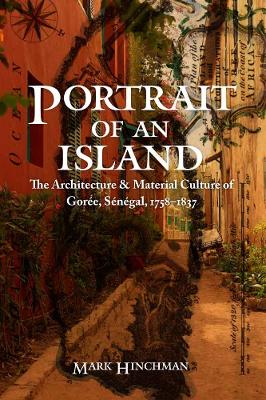Early Modern Cultural Studies
1 total work
The once-famous trading center of Gorée, Sénégal, today lies in the busy harbor of the modern city of Dakar. From its beginnings as a modest outpost, Gorée became one of the intersections linking African trading routes to the European Atlantic trade. Then as now, people of many nationalities poured into the island: Dutch, English, French, Portuguese, Tukulor, and Wolof. Trading parties brought with them gold, firewood, mirrors, books, and more. They built houses of various forms, using American lumber, French roof tiles, freshly cut straw, and pulverized seashells, and furnished them in a fashion as cosmopolitan as the city itself.
A work of architectural history, Portrait of an Island explores the material culture and social relations of West Africa in the eighteenth and nineteenth centuries. Multiple features of eighteenth-century Gorée—its demographic diversity; the prominence of women leaders; the phenomenon of identities in flux; and the importance of fashion and international trade—articulate its place in the construction of an early global modernity. An examination of the built and natural landscape, Portrait of an Island deciphers the material culture involved in the ever-changing relationships among male, female, rich, poor, free, and slave.
